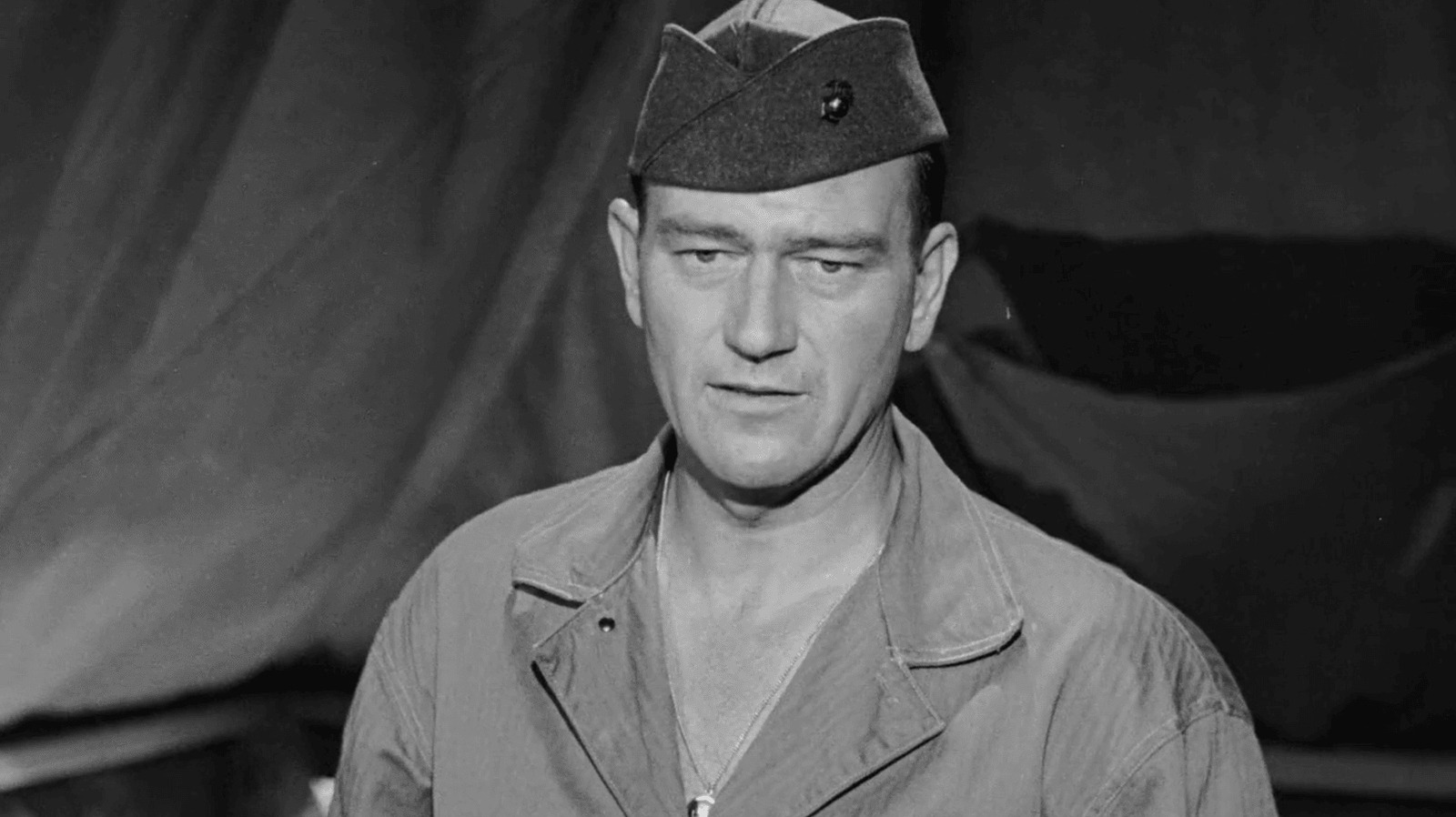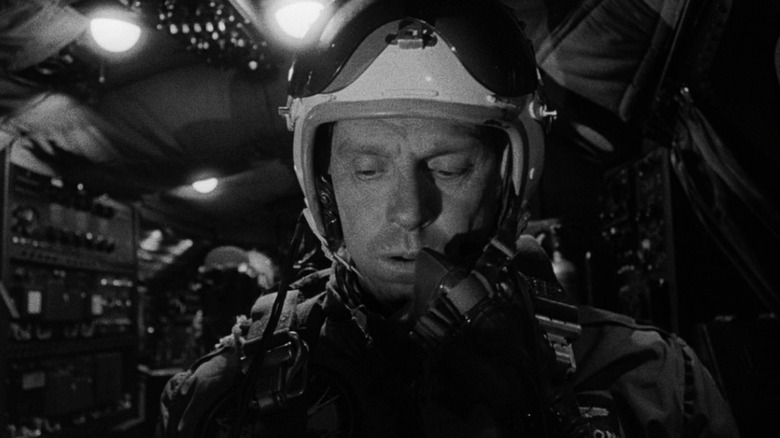Wayne rose to fame in the 1930s, and throughout the 1940s and 1950s, built up his reputation as Hollywood’s ultimate bastion of masculinity. Wayne didn’t possess a lot of range as an actor, typically playing “John Wayne,” but his character type proved to be pliable in certain kinds of ultra-popular genre films. He was a Western star and a War Movie star, and his no-nonsense, rah-rah-America personality was eagerly eaten up by audiences. As Wayne rounded the 1960s, however, a lot of his image had begun to tarnish. This was mostly because times were changing, and the kinds of Westerns and war movies that he once headlined became gauche with a new generation. Antiwar sentiment was more popular than the pro-war propaganda that was released in the wake of World War II.
Advertisement
One can see Wayne struggling in his notorious stinker “The Green Berets,” a film that attempted to apply old-fashioned WWII sentiments to the Vietnam War. It was insensitive, and critics slammed it. John Wayne was no longer needed as a national symbol.
Indeed, as early as 1964, when Wayne was making films like “The Sons of Katie Elder” and “In Harm’s Way,” some filmmakers were already looking to exploit Wayne’s image for satirical purposes. Wayne’s ultra-masculinity wasn’t fashionable any longer, and some of the filmmakers of the 1960s were eager to lampoon it. Case in point: Stanley Kubrick once offered Wayne a role in his political satire “Dr. Strangelove, or: How I Learned to Stop Worrying and Love the Bomb.” The story goes that Kubrick wanted his star, Peter Sellers, to play four different roles in the film, but an injury forced him to keep it down to three. Kubrick asked if Wayne would take the fourth role, a B-52 bomber pilot named Major Kong.
Advertisement
Wayne never responded, so Kubrick cast Slim Pickens instead.


